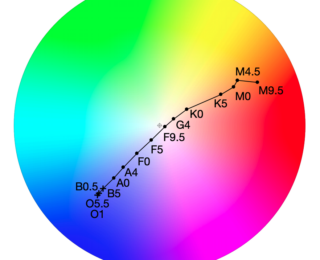
What colour are stars really?
How does the human eye perceive the colour of stars? Today’s authors find out— and provide colour codes!

How does the human eye perceive the colour of stars? Today’s authors find out— and provide colour codes!
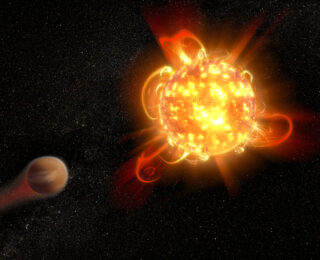
M dwarfs are known to be really active when they’re young, which is bad for habitability. But what about old M dwarfs?
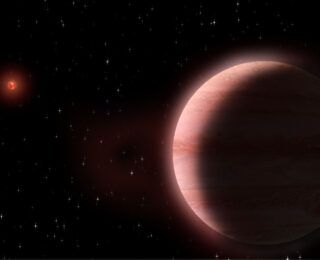
Today’s bite details only the second astrometric detection of a planet candidate and the first using radio interferometry.
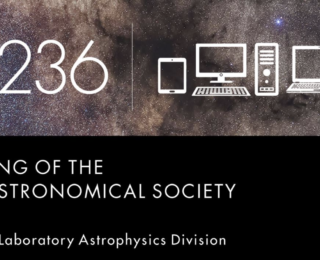
How can we learn about some of the most energetic events in our universe? The answer lies closer to home than you think. Tune in to Dr. Kazunari Shibata’s Hale Prize talk at #AAS236 to learn about how the Sun can teach us all about eruptive processes on other stars and beyond!
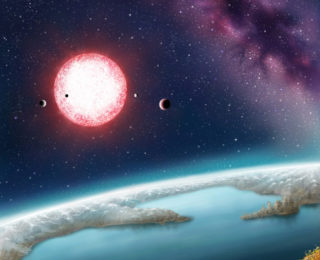
Sunlight fuels photosynthesis here on Earth, which in turn sustains all life on our planet. But how would this crucial process work on planets which orbit fainter stars?
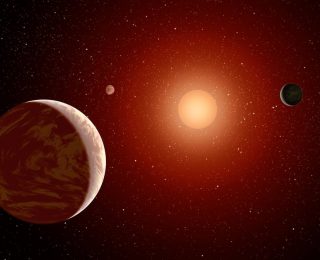
We know UV radiation isn’t good for us, but can it hold back all forms of life?